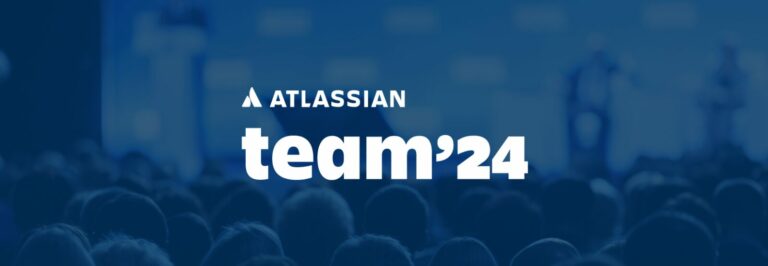Discover how a top 10 paper producer reduced costs and downtime through predictive maintenance with the help of e-Core’s Orbit AI
The Challenge
One of the world’s top 10 largest paper producers was not fully utilizing its production potential due to high costs and the unpredictability of machinery maintenance. Every six years, they used to carry out minor maintenance, which cost approximately $3.4 million. Major maintenance, costing around $7 million, took place every 12 years. Additionally, the client had to interrupt operations for 10 days every year due to regulatory requirements.
Since they couldn’t prevent which machine would need maintenance in advance, the manufacturer had to request urgent (and consequently more expensive) maintenance services, leading to unexpected downtime and compromising operational efficiency. They had previously tried to solve the problem by adopting a third-party managed solution for some of their machines. Still, the high costs hindered its scalability across the entire factory.
With Artificial Intelligence (AI) and Machine Learning (ML) on the radar of CIOs in the manufacturing industry (Gartner, 2023), it made sense to seek a trustworthy, knowledgeable, and experienced IT consulting and services provider to help them tackle this major challenge with new technology. The company partnered with e-Core to identify minor anomalies in equipment and conduct more precise maintenance during the annual 10-day mandatory shutdown, thus extending the interval for major maintenance.
The solution
With the help of e-Core’s Orbit AI solutions, the project began with thorough data exploration. Leveraging AWS SageMaker, we created a highly scalable solution to serve multiple factory machines, allowing for tailored predictive models for each of them. This approach improved cost efficiency as the client only has to pay for prediction moments and associated compute instance usage, eliminating the need for expensive, non-scalable third-party contracts.
Data preprocessing was carried out to prepare the data for the DeepAR model. The selection process was based on the mean absolute error metric, leading to the choice of the best-performing configuration. Subsequently, a deep learning architecture employing the DeepAR forecasting algorithm was deployed to forecast multiple time series, leveraging data from 92 distinct time series acquired from various factory sensors. A fine-tuning process systematically explored different hyperparameters to optimize model performance.
After training, we developed a flexible pipeline to facilitate future model creation for different sensors and machines. Although connecting and automating each step in the process was quite a complex task, our team was able to design a scalable pipeline for future predictions successfully. Moreover, the pipeline offers the capability for model retraining, significantly improving forecast precision over time.
e-Core acknowledges that machine learning models can benefit from continuous improvement, and the pipeline implemented is equipped to support this iterative process.
The results
The benefits of predictive maintenance are nothing short of transformative. Imagine the machinery in your facility running smoothly, without interruptions, and with cost savings that bolster your bottom line.
The first advantage lies in increased operational efficiency, where downtime is rare. The ability to foresee future sensor data elevates machine maintenance to a new level and provides a valuable gift – an extended lifespan for machines. This led to a remarkable reduction in downtime, an uptick in productivity, and substantial long-term cost savings. If maintenance every six years can be extended to eight years, and maintenance every 12 years can be extended to every 15 years, cost savings can amount to nearly $260,000 for a single piece of equipment.
The impressive accuracy achieved – 80% or higher – in anticipating maintenance needs led to a significant reduction in unplanned downtime, estimated to be around 20% to 40%. The financial impact is equally compelling, with an attractive project ROI: the company forecasts cost savings of almost $850,000 per year for the business units that have embraced predictive maintenance. The project costs approximately $70,000, with an investment payback expected in 6-8 months.






